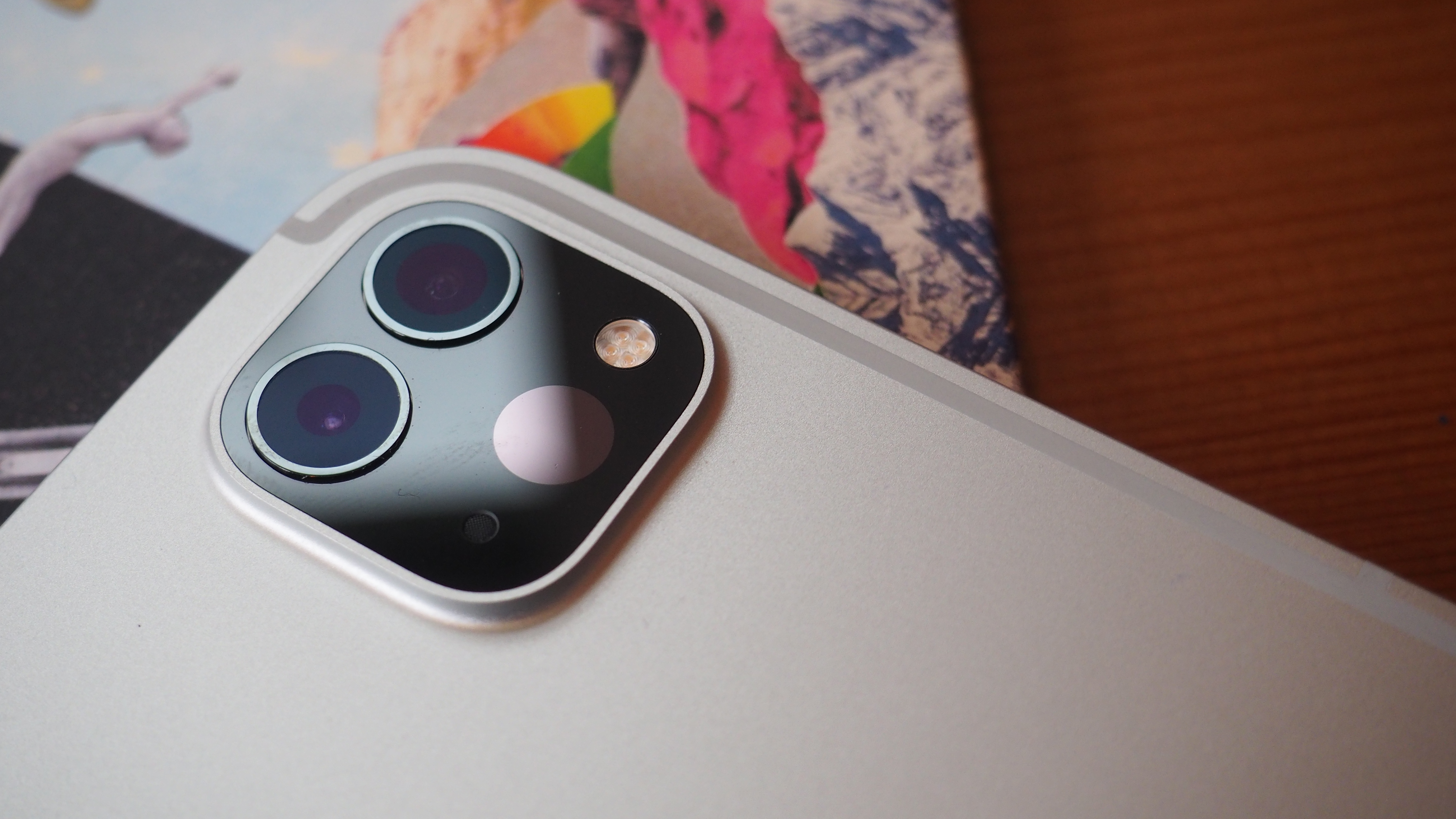Apple's body-measuring tech could make sure you never buy the wrong size clothes again
Apple's new sensors could use multiple devices for more accurate data.

A future Apple device could use new sensors and algorithms to accurately report on a person's body size and shape, according to a new patent.
It's said that the measurement system could even use sensors and features built into the HomePod mini, although it wouldn't be required.
Right now, the devices required to do this kind of thing are large and cumbersome, making it unusable in most cases. By putting the technology into a phone, a watch, or even a pair of earbuds, Apple could help change all of that.
Measured approach
The patent was spotted by Patently Apple and discusses a number of different devices being used in different ways, all to help health and even shopping apps gain a better understanding of someone's body shape and size.
In one instance, Apple suggests using a fixed device like a HomePod mini as a point of reference and then using portable devices like AirPods and iPhones at the same time.
It's been suggested that the feature could be used in a couple of different ways. First, Apple could feed the data into health apps that could then possibly tailor the information they show based on the person's own size and shape. But secondly, retailers could also use the information to ensure that customers are buying the correct size clothes to ensure that they fit correctly. That would also help ensure that returns would be reduced, something retailers would surely get behind.
The patent suggests that ultra-wideband (UWB) sensors could be used like those in Apple's best iPhones and other devices. Other devices could also use sensors or a Wi-Fi connection to gather information on size and distance.
Master your iPhone in minutes
iMore offers spot-on advice and guidance from our team of experts, with decades of Apple device experience to lean on. Learn more with iMore!
However, we should always remember that patents don't necessarily mean products, and there is no guarantee that this will ever happen. However, the existence of a patent does at least confirm one thing — someone at Apple has worked on this enough to produce it.

Oliver Haslam has written about Apple and the wider technology business for more than a decade with bylines on How-To Geek, PC Mag, iDownloadBlog, and many more. He has also been published in print for Macworld, including cover stories. At iMore, Oliver is involved in daily news coverage and, not being short of opinions, has been known to 'explain' those thoughts in more detail, too. Having grown up using PCs and spending far too much money on graphics card and flashy RAM, Oliver switched to the Mac with a G5 iMac and hasn't looked back. Since then he's seen the growth of the smartphone world, backed by iPhone, and new product categories come and go. Current expertise includes iOS, macOS, streaming services, and pretty much anything that has a battery or plugs into a wall. Oliver also covers mobile gaming for iMore, with Apple Arcade a particular focus. He's been gaming since the Atari 2600 days and still struggles to comprehend the fact he can play console quality titles on his pocket computer.
